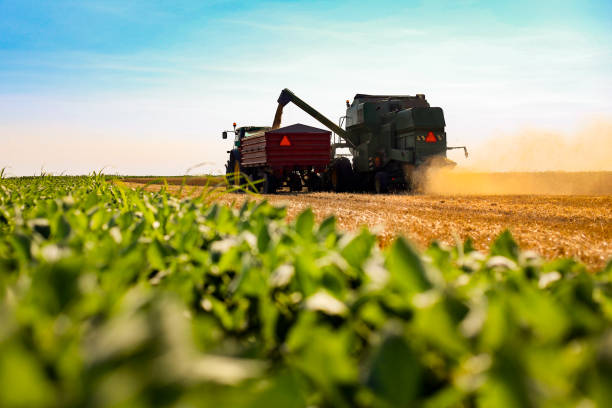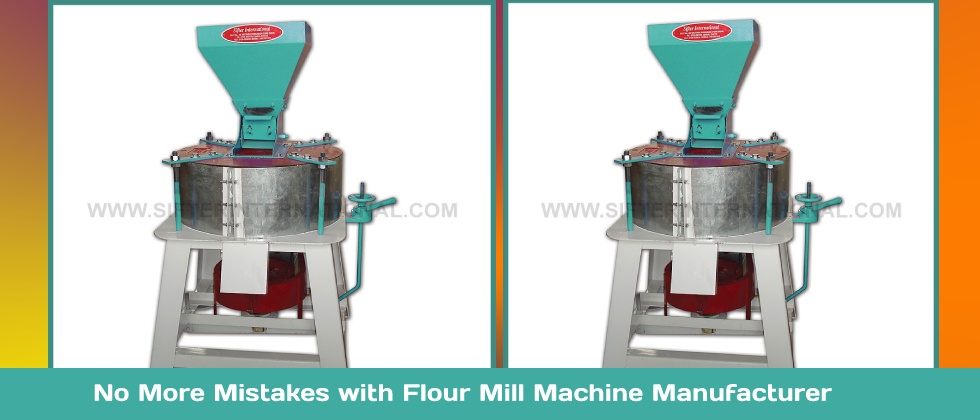In today's farming and land management environments, flexibility is essential to efficiency. Operators in both agricultural and commercial sectors frequently use attachments and implements from various manufacturers to meet the diverse demands of their work. In this context, the ability to integrate third-party tools with trusted tractors like Kubota models becomes a practical necessity. For many businesses, it also reflects a strategic effort to invest in Affordable Agriculture Equipment while maximizing their overall return on investment.
As this trend becomes increasingly common, a critical question arises: can using non-Kubota attachments affect the cost of servicing a Kubota tractor? This is especially important for property managers, municipal contractors, and agricultural business owners who rely on timely repairs, reliable service support, and controlled maintenance expenses. Understanding how third-party implements influence servicing procedures and what support options exist is essential to making sound equipment decisions.
Understanding Equipment Interoperability
Kubota tractors are designed with durability and adaptability in mind. Many of their models, particularly in the compact and utility series, support standard attachment systems such as skid steer-style quick-attach mounts and Category 1 or 2 three-point hitches. These mounting systems enable the use of tools made by other manufacturers, such as mowers, augers, grapples, and loaders.
While this interoperability is beneficial for functionality, it does not always guarantee service simplicity. Non-Kubota attachments may vary in build quality, weight distribution, hydraulic demand, and mechanical interface, all of which can influence the wear and tear on the base machine. As a result, the presence of non-Kubota tools on a Kubota tractor can sometimes complicate diagnostics, lengthen repair time, or increase the frequency of service visits.
How Non-Kubota Attachments Influence Service Dynamics
Service costs can be impacted by non-Kubota attachments in multiple ways. First, third-party tools may lack precise fitment or alignment with Kubota mounting systems, which can place uneven stress on the tractor’s lift arms, hydraulic couplers, or drive components. Over time, these stress points may cause premature wear that requires attention during scheduled maintenance.
Second, hydraulic compatibility is a common concern. If a non-Kubota implement is not properly matched to the tractor’s hydraulic flow rate or pressure capacity, it can create backpressure or leakage issues that degrade the performance of the tractor's hydraulic pump. Addressing such problems requires additional labor during service appointments, often accompanied by specialized troubleshooting procedures.
Third, control interface mismatches can also affect diagnostics. For example, if an electronic attachment relies on a third-party control system, Kubota’s standard diagnostic tools may not be able to communicate with the implement’s interface. This can result in longer service windows and, occasionally, the need for manual troubleshooting.
These are not necessarily faults of the equipment itself but rather the result of integrating two systems that were not originally designed to work together.
The Role of Proper Installation and Configuration
Proper installation and configuration play a significant role in limiting the negative impact of third-party tools on service outcomes. When non-Kubota attachments are installed by professionals such as the certified technicians at H&R Agri-Power—the risks of misalignment, overextension, and improper fitment are greatly reduced.
H&R Agri-Power offers installation services that take into account the tractor model, attachment type, hydraulic requirements, and PTO demands. Their process includes precise calibration and testing to ensure that third-party implements function safely and efficiently. When equipment is configured correctly from the beginning, not only does it operate more reliably, but future service appointments also become more streamlined.
This preventive approach helps mitigate many of the factors that would otherwise contribute to increased service costs.
Evaluating the Long-Term Cost Impact

For example, a well-built rotary cutter from a reputable brand may function flawlessly on a Kubota tractor for years without any issues. On the other hand, a poorly balanced, budget-grade non-Kubota loader could cause mounting bracket strain or repeated hydraulic leaks. When such damage occurs, the technician may have to spend more time disassembling components, diagnosing faults, or ordering non-standard parts resulting in higher labor and part replacement charges.
Working with an experienced dealer like H&R Agri-Power can help mitigate this risk by guiding customers toward compatible, durable third-party implements and helping them understand how each attachment may influence long-term service needs.
Warranty and Service Eligibility Considerations
An additional concern is whether using non-Kubota attachments affects the availability of warranty or dealer-supported services. While Kubota's warranty generally remains valid as long as the tractor is used within its operational limits, damage resulting from incompatible or improperly used third-party equipment may not be covered.
At H&R Agri-Power, warranty assessments are performed based on cause, not just presence. If a non-Kubota implement directly causes system damage, the dealership will inform the customer of any limitations in coverage and provide a transparent cost estimate for necessary repairs. However, if the third-party attachment is simply part of the configuration and not the root of the issue, service continues under normal warranty and support conditions.
This case-by-case approach ensures fairness and emphasizes equipment performance and integrity over brand loyalty.
How H&R Agri-Power Supports Mixed Equipment Use
H&R Agri-Power recognizes that customers often need flexibility in choosing their attachments. That’s why the dealership not only services Kubota tractors paired with third-party tools but also provides consultation and preventive maintenance plans for mixed-equipment fleets.
When servicing such configurations, their technicians check both the tractor and any visible signs of stress or wear at attachment points. They advise clients on how to adjust tool use, weight distribution, or hydraulic flow settings to avoid future problems. This proactive engagement helps customers keep their machines operating efficiently while keeping service costs predictable.
Moreover, H&R Agri-Power maintains a record of service history and equipment configurations. This enables quicker, more accurate diagnostics in future visits and further reduces the risk of unnecessary costs due to overlooked incompatibilities.
Conclusion
The use of non-Kubota attachments on Kubota tractors does have the potential to influence service costs, but this impact is largely dependent on installation quality, compatibility, and long-term care. Operators in Fort Branch and surrounding communities can confidently use third-party tools when those tools are professionally installed, appropriately matched, and responsibly operated. With the support of a knowledgeable dealership like H&R Agri-Power, the risks are minimized, and the benefits of diverse equipment integration are fully realized. Investing in Affordable Agriculture Equipment becomes a smarter, more sustainable choice when backed by expert consultation and dependable service.
FAQs
Can third-party attachments increase the frequency of service visits?
Yes, if the attachments are not properly matched or maintained, they can contribute to wear or stress that may require more frequent service.
Will a Kubota dealer still service my tractor if I use non-Kubota tools?
Yes, especially if you work with H&R Agri-Power. They support Kubota tractors configured with compatible non-Kubota attachments and assess each situation individually.
Are all non-Kubota tools likely to increase service costs?
No, only those that are poorly made, incorrectly installed, or incompatible. Quality third-party tools generally do not raise service costs when used properly.
What can I do to keep service costs low with third-party tools?
Ensure professional installation, follow usage guidelines, and work with a dealer like H&R Agri-Power for regular maintenance and compatibility assessments.
Will service be delayed if my attachment is from another brand?
Not necessarily. H&R Agri-Power maintains detailed service records and can efficiently diagnose and repair tractors regardless of attachment brand, provided the system is properly installed.
1.png)



.jpg)


(0) Comments